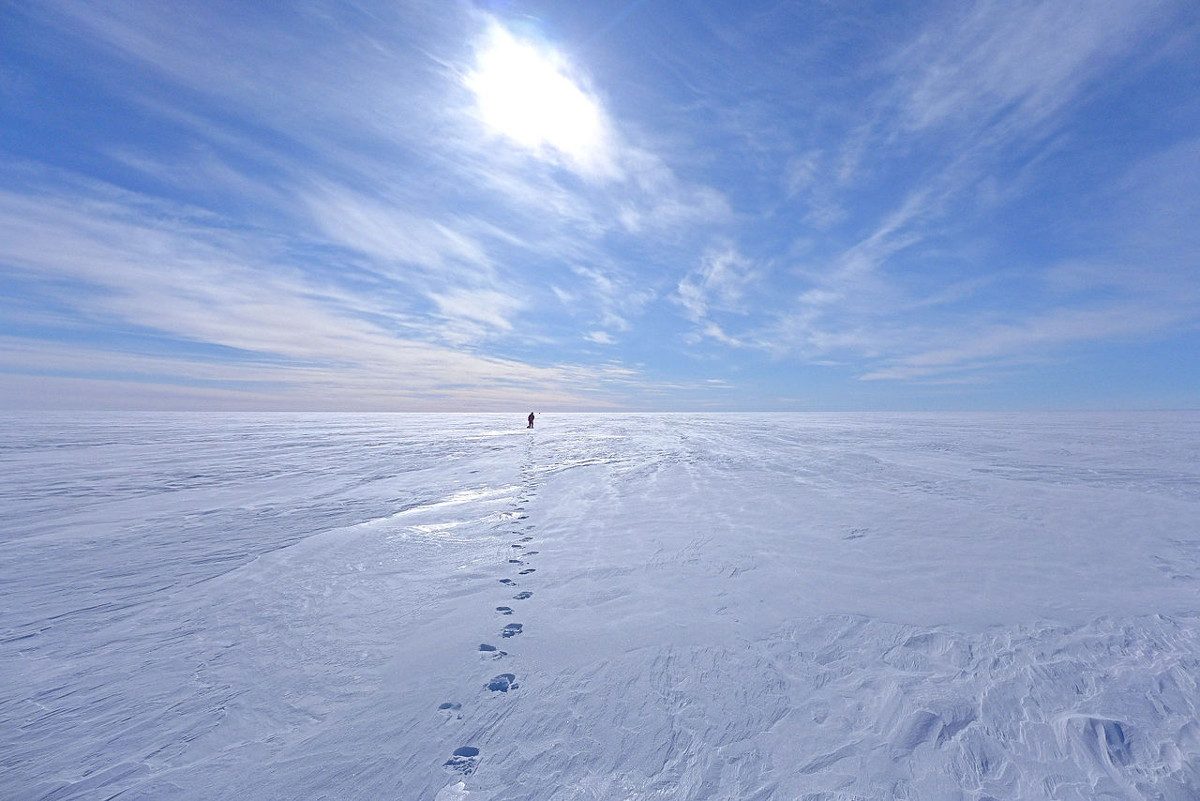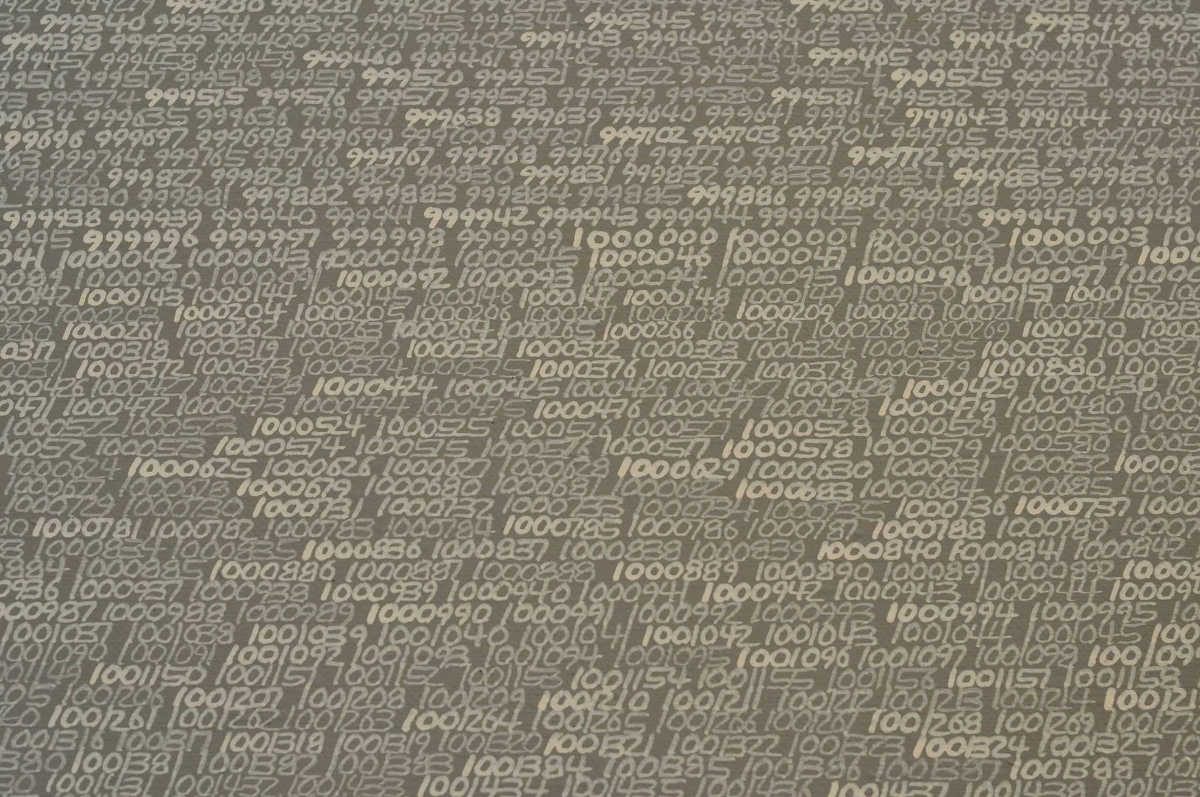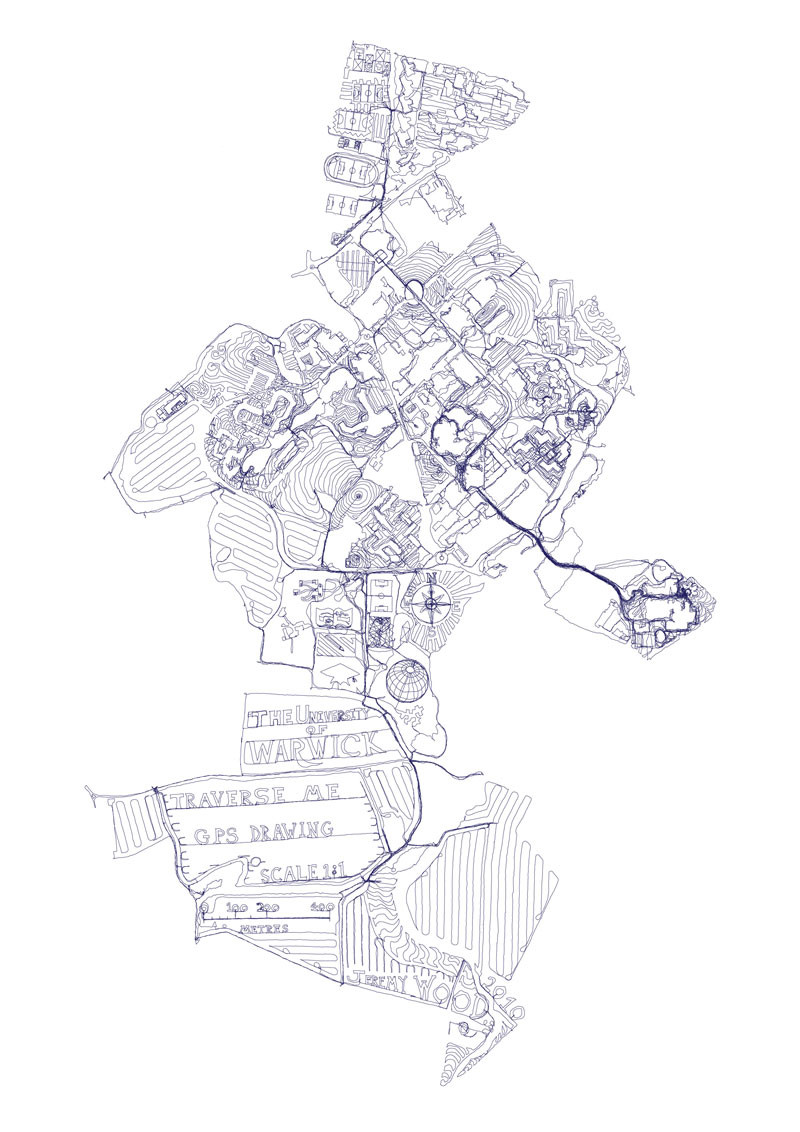121213882349 = (1212 + 1388 + 2349)3
128711132649 = (1287 + 1113 + 2649)3
162324571375 = (1623 + 2457 + 1375)3
171323771464 = (1713 + 2377 + 1464)3
368910352448 = (3689 + 1035 + 2448)3
121213882349 = (1212 + 1388 + 2349)3
128711132649 = (1287 + 1113 + 2649)3
162324571375 = (1623 + 2457 + 1375)3
171323771464 = (1713 + 2377 + 1464)3
368910352448 = (3689 + 1035 + 2448)3
Mike Keith found this amazing correspondence in 2004. The two 6×6 squares below contain 72 different entries from the periodic table of the elements:

The two squares are equal in three different ways:
Keith writes, “The next largest pair of triply-equal squares like this would be 7×7 in size, containing a total of 98 different elements, [and] it seems quite unlikely that 98 of them could be so arranged. If this is true then the 6×6 pair presented here is the largest possible (at least for now, until many more new chemical elements have been discovered and named).”
(Mike Keith, “A Magical Pair of 6×6 Chemical Squares,” Word Ways, February 2004.)
This curious game was invented by Princeton mathematician John H. Conway. Two players take turns naming positive integers, but an integer is off limits if it’s the sum of nonnegative multiples of integers that have already been named. Once 1 is named, everything is off limits (because any positive integer is a sum of 1s), so that ends the game; the player who is forced to name 1 is the loser. An example gives the idea:
Now we’ll use our next turns to name 2 and 3, and you’ll be forced to name 1, losing the game.
Though the game is very easy to understand, it’s still full of mysteries. For example, R.L. Hutchings has shown that playing a prime number as the first move guarantees that a winning strategy exists, but no one has figured out how to find the strategy. And no one knows whether there are any winning opening moves at all that aren’t prime.
More on the Sylver Coinage page.
Here’s an especially vivid example of the illusion created by Dick Termes’ six-point perspective.
If you can convince yourself that the front half of this sphere is transparent, and that the image is painted on the interior of the back half, you’ll find that you’re inside the cage, turning to your left, while the birds are outside the cage, looking in at you. (To get started, I find it helps to focus on an edge of the sphere, rather than the center.)
There are many more examples on Termes’ YouTube channel.

In 1930, British explorer Augustine Courtauld volunteered to spend the winter alone on the Greenland ice cap, manning a remote weather station. As the snow gradually buried his hut and his supplies steadily dwindled, his relief party failed to arrive. In this week’s episode of the Futility Closet podcast we’ll follow Courtauld’s increasingly desperate vigil on the ice.
We’ll also retreat toward George III and puzzle over some unexpected evidence.

In 1965, Polish artist Roman Opałka hung a 196 × 135 cm canvas in his Warsaw studio. In the top left corner he painted a tiny numeral 1, then a 2, and so on until he had filled the canvas with numbers. Then he put up a new canvas and continued where he had left off. He called these images “details”; all of them had the same size and the same title, 1965 / 1 – ∞.
He vowed to spend the rest of his life on the project. “All my work is a single thing,” he said, “the description from number one to infinity. A single thing, a single life. … The problem is that we are, and are about not to be.”
At the start he painted white numbers on a black background, but in 1972 he began gradually to lighten the black with each detail, saying that his goal was “to get up to the white on white and still be alive.” He expected that this would happen when he reached 7777777 … but at the time of his death, in 2011, he’d got only as far as 5607249.

In 2010 Jeremy Wood walked around the campus of the University of Warwick with a GPS device to “draw” a map at 1:1 scale. Altogether he covered 238 miles in 17 days.
“He stayed in the Maths Houses on Gibbet Hill so the line through Tocil Wood to the Mead Gallery is exceptionally dark since it was walked so many times,” the university reports. “As he worked his way across the fields towards Kenilworth he began to ‘draw’ images associated with the University, from its crest, to a mortar board, to a globe in homage to the many ‘international’ centres that he encountered in his journeys. Reported to security several times for walking in ‘a suspicious manner’ around Claycroft and Lakeside residences, he soon disappeared from view, walking the countryside that surrounds the University but which is far removed from central campus.”
“I responded to the structure of each location and avoided walking along roads and paths when possible,” Wood writes. “Security was called on me twice on separate occasions and I lost count of how many times I happened to trigger an automatic sliding door.” More at his website and at GPS Drawing.
Somewhat related: Mathematician Jerry Farrell invented a two-player coin-pushing game played on a map of Butler University, his institution. Rebecca Wahl analyzed it in Barry Cipra’s Tribute to a Mathemagician (2005), and Aviezri Fraenkel of Israel’s Weizmann Institute of Science revisited it the following year (PDF).
Sculptor John V. Muntean writes, “Our scientific interpretation of nature often depends upon our point of view. Perspective matters.” His carving titled Riddle of the Sphinx combines three profiles in one object — a baby, an adult man, and an old man with a walking stick. With each 120 degrees of rotation, the carving’s shadow presents a different picture.
This is impressive enough when it’s carved in mahogany, but Muntean’s Knight Mermaid Pirate Ship, below, works the same trick using LEGOs.
See more of Muntean’s “magic angle sculptures” on his YouTube channel.
(15 + 25) + (17 + 27) = 2 (1 + 2)4
(15 + 25 + 35) + (17 + 27 + 37) = 2 (1 + 2 + 3)4
(15 + 25 + 35 + 45) + (17 + 27 + 37 + 47) = 2 (1 + 2 + 3 + 4)4
(15 + 25 + 35 + 45 + 55) + (17 + 27 + 37 + 47 + 57) = 2 (1 + 2 + 3 + 4 + 5)4
…